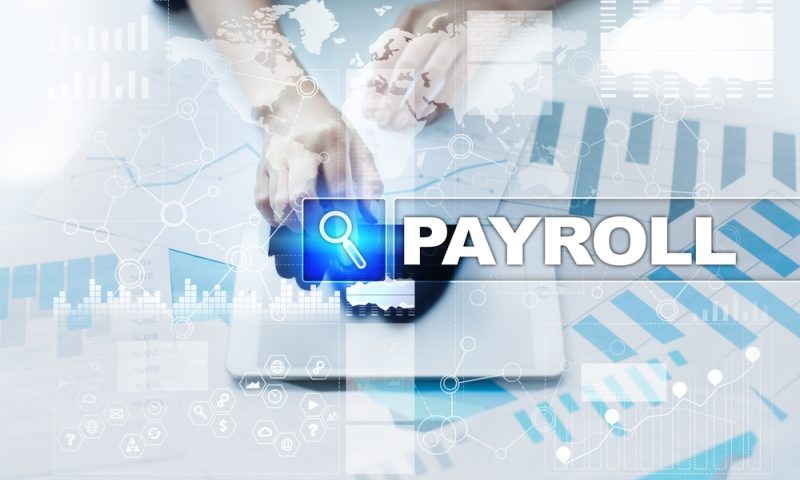A brand new business can often struggle to get fully started in a short timeframe, and there is nowhere that it will struggle more than with the payroll system. Not only can a rushed payroll system take up valuable time and employee attention, but it might not even function as expected.
Beyond that, there is not a single ideal way to create a payroll. Different companies may have different requirements on what they need to include, and the legal differences between states can change how pay stubs are provided to employees.
Gather Key Information
Before you can do anything major, you need the information to actually create a proper payroll system. While you will obviously have employee details like names and addresses, you will also need to gather up some work-related data that can directly impact the entire system.
For example, with waged workers, you will need details like the number of hours worked and the total hourly wage that they earn. You will also want to get sick pay information, details about any relevant tax or pension contributions, and anything else that might be important to your new system.
This is extremely important since a payroll system can only work if you are putting the right data into it. If you do not have a decent record of more in-depth employee information, then building one – even if it is temporary and will be replaced or improved later – should always be the first step.
Decide on a Starting Point
There are numerous ways to start a payroll – you can use third-party software or try working on your own payroll system from scratch. There is no perfect way to approach a payroll, and different companies might decide to tackle it in different ways, so do whatever seems best for your situation.
It is important to remember that you can always improve or change your payroll in the future, especially if it doesn’t seem to be working how you had expected. This is much easier to do while your company is still small, so do not be afraid to upgrade later on if you need to.
It is not easy to get started, but once your payroll is underway, you can keep expanding and tweaking it as needed. Even so, you should make sure that you get a decent baseline ready and that your system will work as soon as possible.
Think About Payments
Your employees can usually come in two varieties – salary-based or wage-based. Salaried employees are paid a set amount at the end of the month, although this number is adjusted based on tax and retirement contributions (as well as any unpaid time off they may have taken, etc.).
On the other hand, waged employees are paid based on the hours they worked, meaning that the amount they earn is directly related to how long they work for. This means that different calculations are involved, but it also changes the overall layout of the system for them.
Because of this, it is important to consider both kinds of payment structures, as well as anything else that might occasionally apply to employees. If your payroll system has no obvious space for something like sick pay, then it can become a hassle to include it when an employee does use it.
If your business only has salaried or waged employees, it might be worth including the other fields, too, just in case. Having more flexibility is always important, especially when it comes to keeping proper financial records of each employee that you have within your business.
Consider Calculations
A large part of a payroll system is performing calculations. However, these calculations need to be accurate, and that often means double-checking and testing each calculation before the system goes live.
These calculations are all extremely important: things like tax, retirement finance details, total gross and net income, and even things like the total amount of overtime that an employee has earned. Getting even one of these wrong can cause serious accounting issues later on.
Because of this, you should always be careful when putting equations into a payroll spreadsheet or system. If you do not have an accounting expert within your company, then take some time to get external finance and accounting advice or do heavy research into tax equations and deductions.
It is also a good idea to plan out your entire system before you start setting anything up. This allows you to look at each set of equations and automated calculations to figure out exactly what you did, which might be important if you start noticing consistent errors.
Create Pay Stubs
Pay stubs are a major part of any finance-related business operations, and they are very important for paying your employees. Not only do they act as a financial record that you can review at any time, but they also break down how much an employee has earned and why.
Pay stubs can be hard to create as you gain more and more employees, and a new business might even struggle to create basic pay stubs for only a handful of employees. However, figuring out the basics involved in making them can be extremely useful, especially if you plan to keep expanding.
You can often start creating basic pay stubs using online generators, allowing you to make free pay stubs in bulk. Not only are these a good guideline for future paystub-related projects, but you can easily use them as a major part of your payroll, saving a lot of time in the long term.
When you make pay stubs, you want to include as much detail as possible regarding the employee’s income, the tax, and everything else that influences their overall net income. This makes it much easier to review the data later on if an employee dispute something or if you need to check it again for tax reasons.
Pay stubs are one of the more important parts of any payroll since they sum up all of the calculations and create a document that you may legally need to present each employee with. Different states have different pay stub laws, so be sure to read up on these before you do anything with them.








